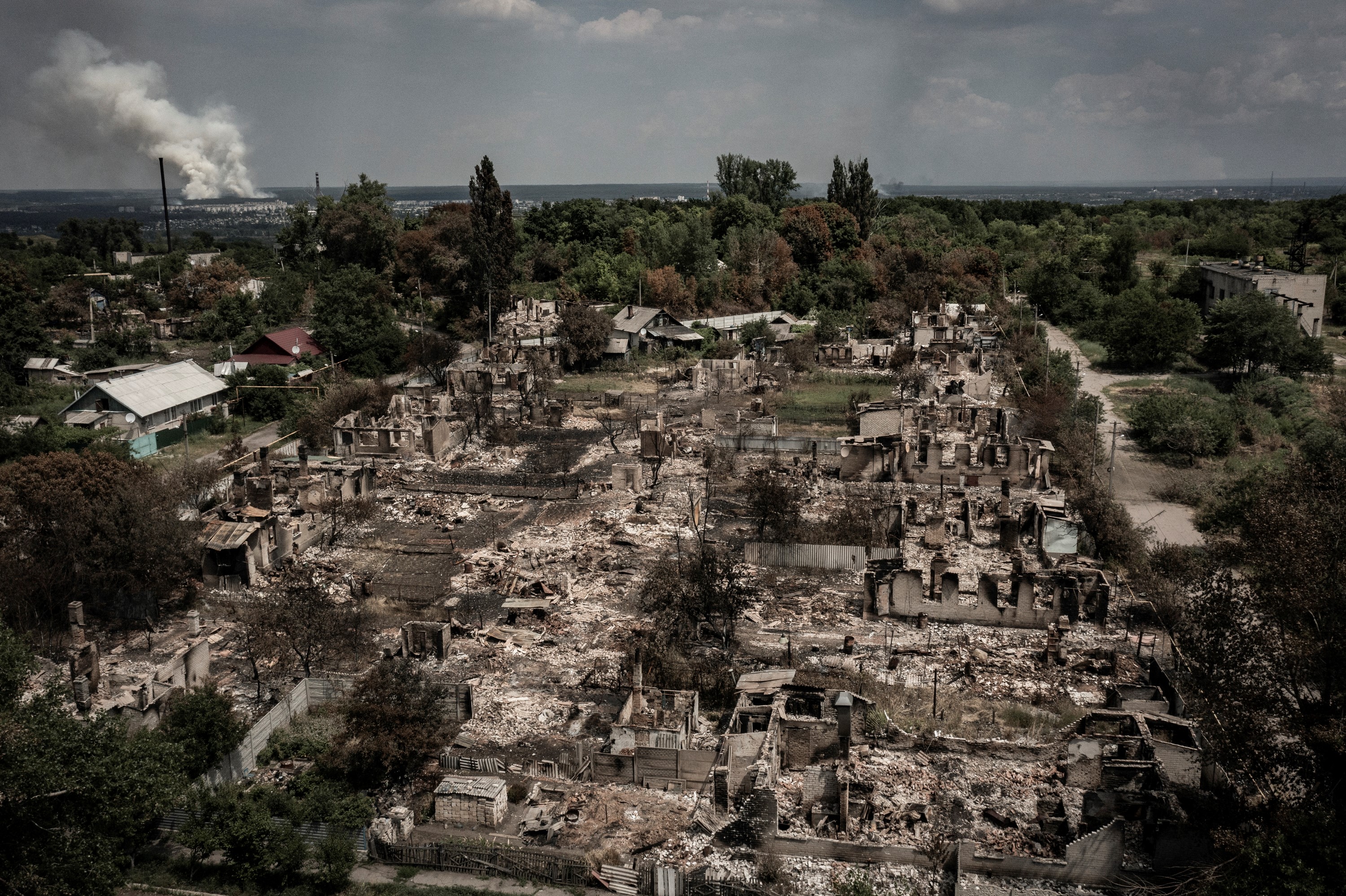Exhibition of the week: Like Breath on Glass: Whistler, Inness, and the Art of Painting Softly
The exhibit at the Clark Art Institute brings together 41 paintings by James McNeill Whistler along with the works of 14 fellow artists, among them George Inness, John Twachtman, and William Merritt Chase.
Exhibition of the week
Like Breath on Glass: Whistler, Inness, and the Art of Painting Softly
Clark Art Institute, Williamstown, Mass.
The Week
Escape your echo chamber. Get the facts behind the news, plus analysis from multiple perspectives.

Sign up for The Week's Free Newsletters
From our morning news briefing to a weekly Good News Newsletter, get the best of The Week delivered directly to your inbox.
From our morning news briefing to a weekly Good News Newsletter, get the best of The Week delivered directly to your inbox.
Through Oct. 19
James McNeill Whistler originally tried to paint in the thickly layered style of Gustave Courbet, “with whom he also shared a mistress,” said Christopher Benfey in Slate.com. Soon, for reasons personal and aesthetic, he “overhauled his style completely” and headed for the opposite extreme, seeking to eliminate any evidence of his brush strokes. Paint delicately applied to a canvas, he said, “should be like breath on the surface of a pane of glass.” Between 1867 and 1872, he debuted his new style with several celebrated portraits and a series of moonlit landscapes he called Nocturnes. In paintings such as Arrangement in Black: Portrait of Señor Pablo de Sarasate (1884), the black shadows and white highlights “seem to have condensed on the surface or seeped through from the back of the canvas.”
Whistler’s elegant, dark manner quickly provoked admiration and imitation, said Ken Johnson in The New York Times. “Whistler was the most radical and the most influential painter” of his day who wasn’t an impressionist, and his style appealed to fellow American painters who weren’t part of that French movement. A new exhibition at the Clark Art Institute brings together 41 paintings by Whistler and 14 contemporaries. John Twachtman’s green-and-gray Arques-la-Baille (1885) shows “deftly painted reeds standing out against smooth, receding planes of pond water.” George Inness’ bucolic, dream-like scenes of Montclair, N.J., “seem illuminated from within.” William Merritt Chase’s gorgeous, all-red rendition of a young woman in an armchair is “a hedonistic response to his friend Whistler’s famous portrait of his formidably upright mother.”
Like Breath on Glass is an undoubtedly lovely exhibition, said Sebastian Smee in The Boston Globe. But “something is missing: a healthy dose, I would suggest, of skepticism.” Seen side by side, these gauzy scenes can seem boring, “blurred, and hazy.” The exhibition also fails to point out that Whistler’s painstaking effects were hardly the result of a light touch. Constantly struggling for a casual look, the painter “repeatedly scraped the paint back and applied it afresh.” He employed chalk, glue, and heavy doses of varnish. No wonder later artists—not realizing how much work “painting softly” might require—had difficulty following
A free daily email with the biggest news stories of the day – and the best features from TheWeek.com
in his footsteps. Even Whistler never again quite matched the magic of
his Nocturnes.
-
 US citizens are carrying passports amid ICE fears
US citizens are carrying passports amid ICE fearsThe Explainer ‘You do what you have to do to avoid problems,’ one person told The Guardian
-
 All roads to Ukraine-Russia peace run through Donetsk
All roads to Ukraine-Russia peace run through DonetskIN THE SPOTLIGHT Volodymyr Zelenskyy is floating a major concession on one of the thorniest issues in the complex negotiations between Ukraine and Russia
-
 Why is Trump killing off clean energy?
Why is Trump killing off clean energy?Today's Big Question The president halts offshore wind farm construction
-
If/Then
feature Tony-winning Idina Menzel “looks and sounds sensational” in a role tailored to her talents.
-
Rocky
feature It’s a wonder that this Rocky ever reaches the top of the steps.
-
Love and Information
feature Leave it to Caryl Churchill to create a play that “so ingeniously mirrors our age of the splintered attention span.”
-
The Bridges of Madison County
feature Jason Robert Brown’s “richly melodic” score is “one of Broadway’s best in the last decade.”
-
Outside Mullingar
feature John Patrick Shanley’s “charmer of a play” isn’t for cynics.
-
The Night Alive
feature Conor McPherson “has a singular gift for making the ordinary glow with an extra dimension.”
-
No Man’s Land
feature The futility of all conversation has been, paradoxically, the subject of “some of the best dialogue ever written.”
-
The Commons of Pensacola
feature Stage and screen actress Amanda Peet's playwriting debut is a “witty and affecting” domestic drama.